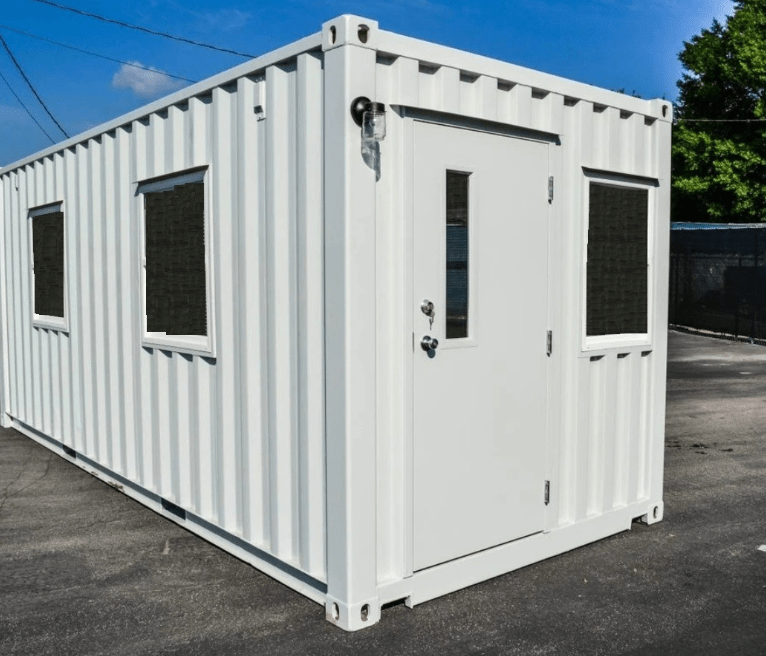In the world of manufacturing, precision and quality are paramount. Whether it’s electronics, pharmaceuticals, aerospace, or even food production, maintaining a controlled and clean environment is essential. This is where cleanrooms come into play. Cleanrooms are specially designed spaces equipped to control environmental factors like particulate contamination, temperature, humidity, and pressure. Converting a traditional manufacturing facility into a cleanroom can yield a plethora of benefits, ranging from improved product quality to enhanced worker safety. In this article, we’ll explore these advantages in detail.
1. Enhanced Product Quality
One of the primary benefits of converting a traditional manufacturing facility into a cleanroom is the significant improvement in product quality. Cleanrooms are meticulously controlled environments that minimize the presence of contaminants. This ensures that the products manufactured within them are less likely to be flawed or compromised by foreign particles. In industries like semiconductor manufacturing or pharmaceuticals, where even the smallest impurity can lead to product failure, the difference is substantial. Cleanrooms provide the ideal conditions for producing high-quality, defect-free products consistently.
2. Reduced Product Defects
Product defects can be costly, not only in terms of finances but also in reputation and customer trust. Cleanrooms help reduce the occurrence of defects significantly. The controlled environment minimizes the chances of dust, microbes, or other contaminants getting into the production process and causing defects. By converting to a cleanroom, manufacturers can experience a dramatic decrease in the number of products that need to be scrapped or reworked, resulting in cost savings and increased efficiency.
3. Regulatory Compliance
In many industries, regulatory compliance is a non-negotiable requirement. Cleanrooms are often a crucial part of meeting these regulations. Industries such as pharmaceuticals, biotechnology, and aerospace have strict standards regarding cleanliness and environmental control. Converting to a cleanroom helps companies adhere to these regulations more easily, ensuring that their products meet the necessary quality and safety standards.
4. Improved Worker Safety
Cleanrooms not only protect products from contamination but also safeguard workers from exposure to hazardous substances or environments. For example, in pharmaceutical manufacturing, cleanrooms help prevent exposure to harmful drugs and protect workers from contamination. The controlled environment also helps maintain a comfortable working temperature and humidity levels, which can contribute to better overall employee health and productivity.
5. Controlled Environmental Factors
Cleanrooms offer precise control over environmental factors such as temperature, humidity, and air pressure. This level of control is essential in industries where even minor fluctuations can affect product quality. For instance, in microelectronics manufacturing, slight variations in temperature or humidity can lead to defects in semiconductor devices. Cleanrooms maintain the ideal conditions necessary for consistent and reliable production.
6. Increased Efficiency
The controlled environment of a cleanroom can lead to increased manufacturing efficiency. With reduced contamination risks and improved quality control, companies can streamline their processes, reduce downtime due to equipment maintenance, and ultimately produce more products in less time. This can result in a competitive advantage and higher profitability.
7. Cost Savings
While the initial investment in converting a traditional manufacturing facility into a cleanroom can be substantial, the long-term cost savings often outweigh the upfront expenses. Fewer defects, reduced downtime, and increased production efficiency all contribute to lower production costs over time. Additionally, cleanrooms can help extend the lifespan of equipment and reduce maintenance expenses. Another increasingly popular portable option being used are shipping container cleanrooms where a normal 20 or 40 foot shipping container is converted into a fully functional cleanroom.
8. Versatility
Cleanrooms are versatile spaces that can be adapted to various manufacturing processes and industries. Whether it’s electronics, pharmaceuticals, aerospace, or food production, cleanrooms can be customized to meet specific requirements. This versatility allows manufacturers to diversify their product offerings without the need for significant facility changes.
9. Competitive Advantage
In today’s global marketplace, maintaining a reputation for high-quality products is crucial for gaining a competitive edge. Converting to a cleanroom demonstrates a commitment to quality and can help attract customers who prioritize product reliability and safety. It can also open doors to partnerships and collaborations with companies that require cleanroom manufacturing capabilities.
Conclusion
Converting a traditional manufacturing facility into a cleanroom is a strategic move that offers numerous benefits across various industries. From improved product quality and reduced defects to enhanced worker safety and regulatory compliance, the advantages are clear. While the initial investment and transition process may be challenging, the long-term gains in efficiency, cost savings, and competitive advantage make it a worthwhile endeavor for forward-thinking manufacturers. As industries continue to evolve, cleanrooms will remain a vital asset for those who prioritize precision, quality, and excellence in manufacturing.
In conclusion, the benefits of converting to a cleanroom go far beyond the physical transformation of a facility; they extend to the core of a company’s operations, impacting product quality, worker safety, and overall competitiveness in the market.
